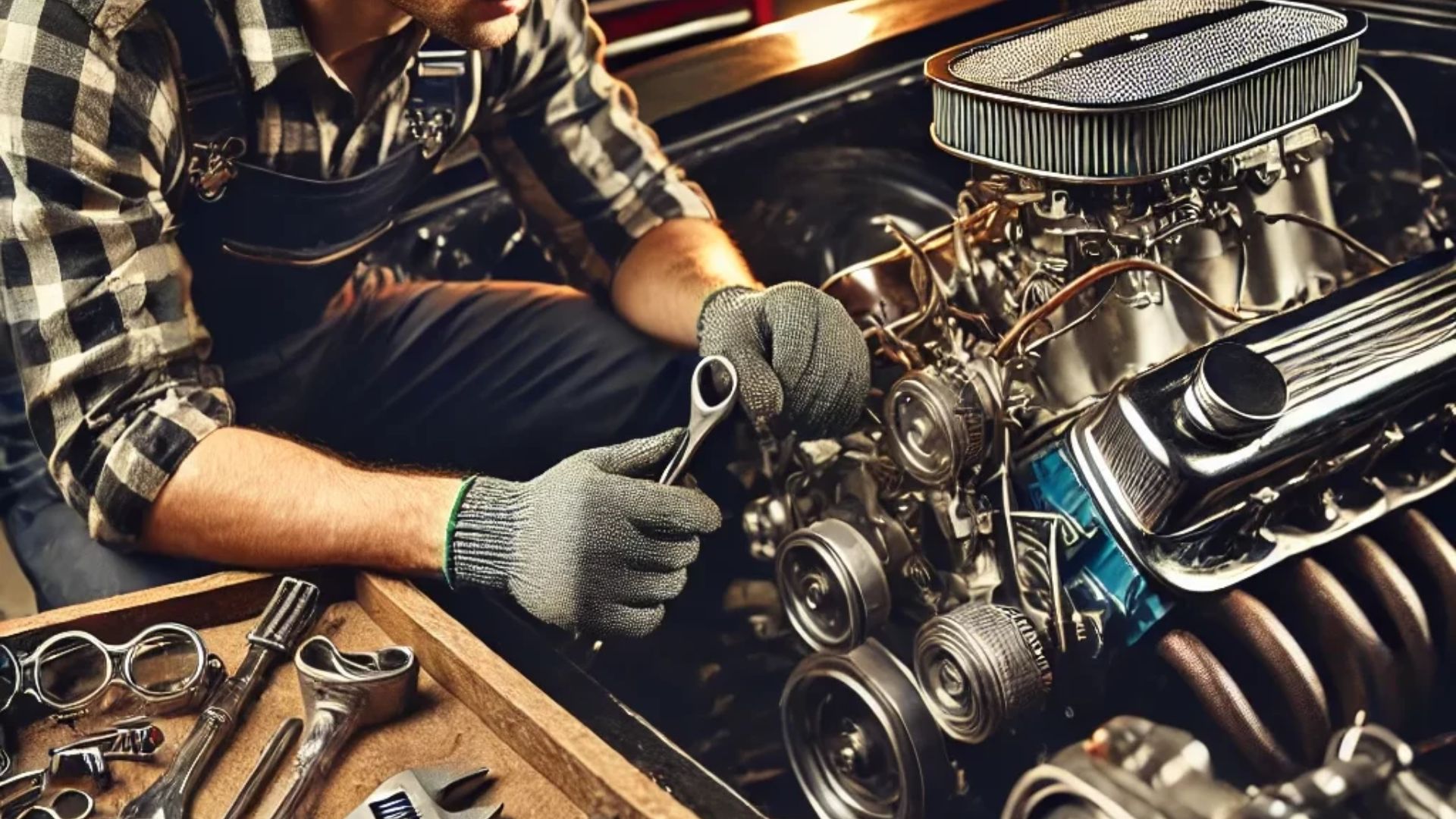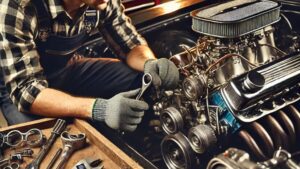Vintage cars are more than just modes of transportation; they are rolling pieces of history. Their designs, craftsmanship, and the memories they evoke are part of what makes them so cherished. But as time passes, the very heart of these vehicles, the engine, often becomes the most fragile part. When performance begins to falter, owners are left with a critical decision: should they rebuild the existing engine or replace it entirely with something new? Both options come with unique benefits and drawbacks, and making the right choice depends on how you view the balance between authenticity and practicality. This decision has become central to the culture of maintaining and restoring iconic vehicles.
Why Rebuild the Original Engine?
Rebuilding a vintage car’s original engine is often the first choice for purists who value authenticity. A rebuild involves disassembling the engine, inspecting every component, cleaning or machining parts, replacing worn pieces, and then carefully reassembling everything to factory specifications. When done correctly, a rebuilt engine can perform as well as — or even better than — it did when it first rolled off the assembly line.
One of the biggest benefits of a rebuild is preserving originality. Classic cars with their factory engines, known as “numbers-matching” vehicles, are highly prized by collectors. Replacing the engine can reduce the car’s value, no matter how much power a new motor adds. For many enthusiasts, there’s a deep satisfaction in knowing that their vehicle still runs on the same engine it was born with.
From a financial perspective, rebuilding can also be cost-effective. While it does require skilled labor and specialized tools, it often costs less than purchasing and installing a completely new engine. Plus, using modern materials and techniques during a rebuild can improve both durability and reliability, allowing your classic car to perform dependably for years to come.
Why Some Owners Opt for a New Engine
Not every classic car owner prioritizes originality above all else. For many, drivability and performance come first. Installing a modern engine can transform a vintage car into something that’s faster, more fuel-efficient, and more reliable.
Modern engines benefit from advanced engineering, offering higher horsepower, smoother operation, and improved emissions control. For those who drive their vintage cars frequently — or even daily — these upgrades can make the experience more enjoyable and practical. A new engine can also work in harmony with upgraded components like brakes, suspension, and transmission systems, creating what’s known as a restomod: a restored classic with modern performance enhancements.
However, engine swaps are rarely simple. Fitting a modern engine into a decades-old chassis often involves custom fabrication, wiring, and alignment adjustments. It’s a technically complex process that requires expert knowledge and professional equipment. Many owners partner with specialized transport and logistics services — such as JP Logistics — to safely ship engines and components to qualified builders or workshops that handle vintage restorations.
Balancing Value and Authenticity
One of the most debated aspects of replacing a classic car’s engine is how it affects value. Collectors and enthusiasts often prioritize originality, meaning the car’s worth may decrease if the engine isn’t original. A fully “numbers-matching” vehicle — where the engine, transmission, and chassis all share original factory codes — typically commands a higher resale price.
That said, not every owner is motivated by resale value. Some prefer the excitement and reliability of driving a restomod rather than preserving a static museum piece. If you’re planning to keep the car long-term, a modern engine may be worth the trade-off in authenticity. But if you’re preserving the car as an investment or for historical significance, maintaining or rebuilding the original engine is the smarter move.
Technical and Legal Factors to Consider
Before committing to a modern engine swap, it’s essential to understand compatibility and regulatory issues. Many classic cars were never designed to handle the increased weight, power, or cooling requirements of a modern engine. Adjustments to the engine mounts, frame, and even firewall may be necessary to make everything fit.
Wiring is another major hurdle. Modern engines rely on electronic control units (ECUs), sensors, and computer systems that must be integrated into a vintage car’s mechanical framework. Additionally, emissions and safety regulations can vary by region. Some areas require inspections or emissions compliance that may restrict or complicate an engine swap.
Consulting with a restoration specialist who understands these legal and technical challenges is a must before making any final decision.
Finding the Middle Ground
For those torn between originality and modern convenience, there’s a balanced approach. Some owners rebuild their original engines while subtly incorporating modern upgrades — such as improved seals, gaskets, or pistons — to enhance reliability without changing the car’s character.
Others choose to store the original engine safely while installing a new one for daily driving. This allows them to enjoy the best of both worlds: the comfort of modern performance now and the option to restore the car to full originality in the future.
Making the Right Choice for Your Vintage Car
Ultimately, there’s no one-size-fits-all answer to the rebuild-versus-replace dilemma. The right decision depends on how you plan to enjoy your vintage vehicle and what you value most — authenticity, performance, or convenience.
If maintaining historical accuracy and resale value is your goal, rebuilding the original engine is the clear choice. But if you want a smoother, more powerful, and dependable drive, a modern engine swap might be the right path.
Vintage cars deserve to be both admired and driven. Whether you choose to revive your original engine or explore a modern replacement, the goal remains the same — to keep these remarkable machines alive, roaring, and on the road for generations to come.
By weighing the pros and cons carefully, you ensure your classic continues to deliver the same thrill and beauty that made you fall in love with it in the first place.








